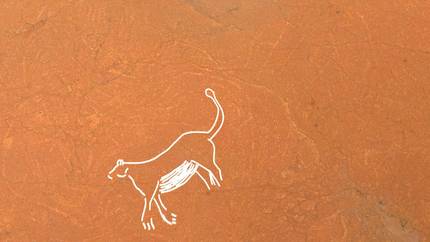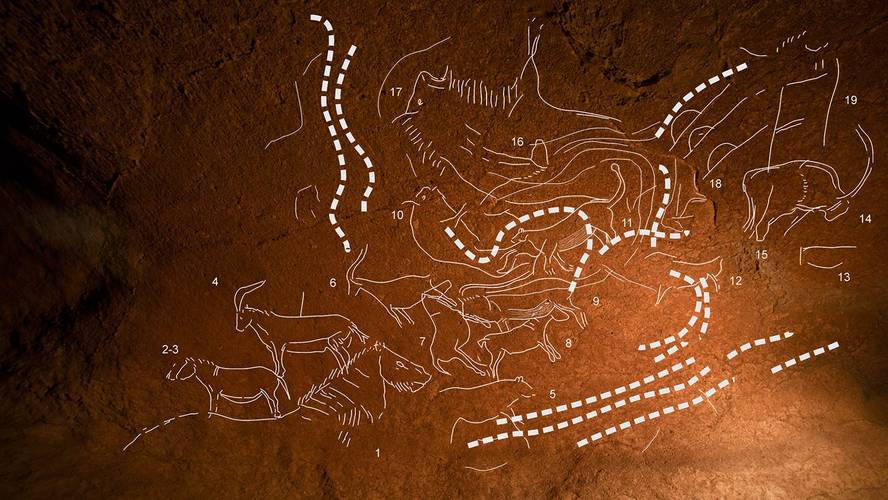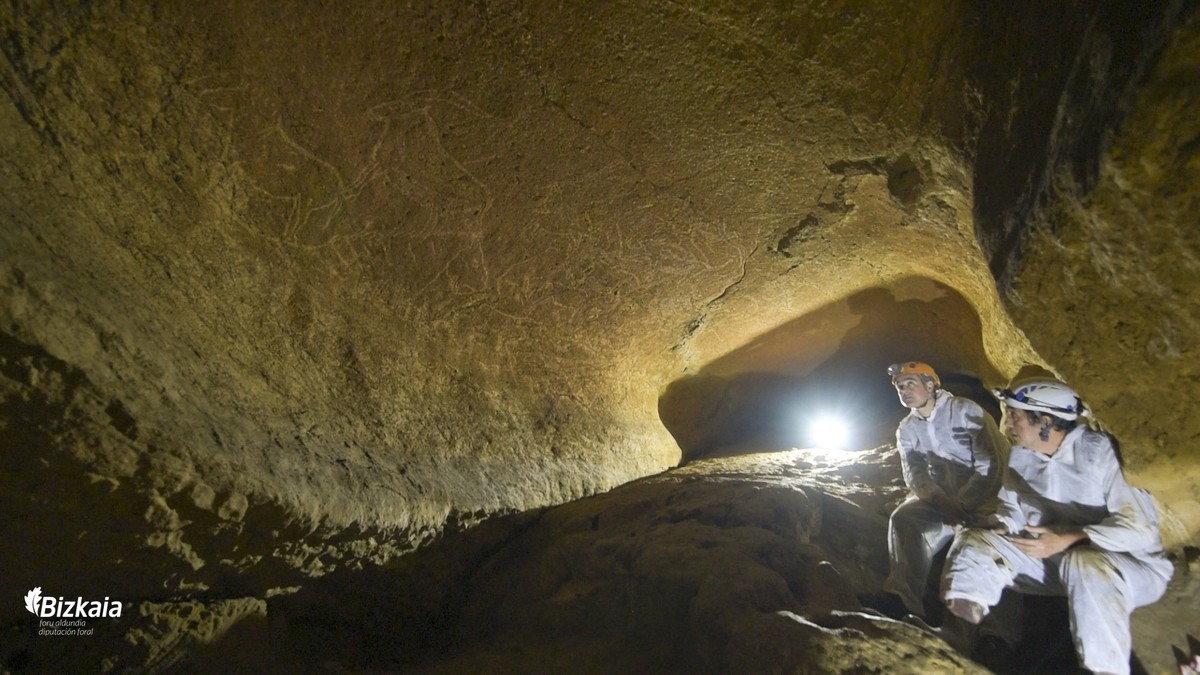New treasure of Paleolithic art in the cave of Arminorain de Lekeitio
Although the cave is well known in Lekeitio, no one expected that at the end of the cave a treasure of these characteristics would be presented: fifty spectacular figures of animals, including two lions, animals never appeared around the Cantabrian Sea.
The speleologists of the ADES group found images in spring.The Deputy General of the Provincial Council of Bizkaia, Unai Rementeria, has pointed out that it is a "true sanctuary of Paleolithic art". “A real treasure. The treasure that belongs to all human beings."
In addition to the two lions, sixteen horses have appeared, five goats, two bison and four unidentified animals, which by the place where the vault is located are seen with natural light. Everything is engraved in stone. The cave of Arminorain is a clear example of the art of 14,500 years ago, and the Deputy General has stated that “it is the most spectacular and surprising set known throughout the Iberian peninsula”.
Animals are depicted with great detail, as usual in madeleine art: hair, mouth, eyes and other elements appear carefully made. Professor of Prehistory and professor of the University of Cantabria, César González, has worked in the cave, according to him, the quality of the images is very high. “They used simple paleolithic techniques, but they adapted them very well to the support they had in their hands. The limestone of the cave of Armintxa turns a rough and unstable wall and is easily liberable. When engraving with stone, a limestone rises and the image looks great.” All images are made using this technique, which makes the vault very special.

As for the lion, he points out that the felines disappeared from the north of the Iberian Peninsula about 10,000 years ago, although they disappeared later from other places in Europe. He also recognized that in the cave of Altxerri, between Orio and Aia there is an image that can represent a hyena or a large lion, but the only clear image is that of Armintxe.
As the technique and quality in the making of the images are noteworthy, the cave of Arminorain also has another type of treasures: abstract images appear, called claviformes. These abstract images are identical to the symbols appearing across the Pyrenees. This highlights the communication between the populations here and on the other side of the Pyrenees. According to González, “from there came models and ideas. But the interaction was in two ways, because the elements here also appear.”
It seems they were times of great movement. According to González, “the environmental factor would be the environment, but also the changes suffered by social organization. At this time economic exploitation strategies changed considerably.”
It has been said almost certainly that the land at the bottom of the cave cavity in which the central panel is located has not been trodden for 14,000 years and that, probably, the remains of people who made engravings at that time of the Palaeolithic can also be analyzed.
From the Provincial Council of Bizkaia they thanked the speleology group ADES of Gernika-Lumo for the discovery of the images. They have also recalled the findings of other caves.
Deputy General Unai Rementeria recalled the discovery of Santimamiñe, which has become the “year of discovery”, and the discovery of this year in Atxurra.








